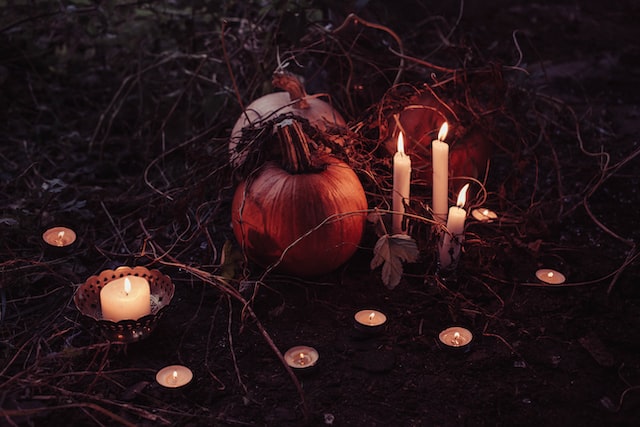Photo by freestocks on Unsplash
About earth and spirit
Today is the 31st of October, you’ve heard of it as Halloween, and you possibly consider it the Night of the Witches. You may think of it as spells, pumpkins and candy, but its origins have little to do with it.
Origin
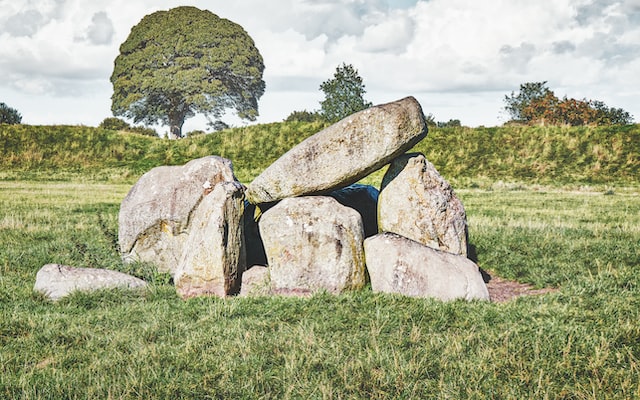
Photo by K. Mitch Hodge on Unsplash
Everything started in Europe, precisely in the Celtic nations. The tradition originates in the druid festivity of Samhain, which actually didn’t have a specific date but was celebrated around the 5th-7th of November. Celts were a culture with great devotion to Nature, so the origin of Halloween has much to do with the end of the harvest. When all the land work was finished, it was time to enjoy all the goods, but also, it was time for reflection. Very much like New Year’s Eve for us today.
Spirituality

Photo by Lucía Ferro
The Samhain ended with the Gathering of the Spirits. The belief is that, during that night, the ancient burial mounds were open, seen as portals to the Otherworld. The most fearless living dared to enter the realms of the spirits, wandering in them (just like in the movie “Coco”) and getting some insights about life itself.
There was plenty of spirituality; however, none had anything to do with God or the Christian religion until much later. All of them were pagan traditions with a tight relationship with Nature. Pope Gregory III saw the success of the Roman Pagan Festival of Lemuria and wanted to give this date a Christian meaning. Romans celebrated a feast during which they performed rites to exorcise the malevolent and fearful ghosts of the dead from their homes. The Pope perceived this as profane and potentially threatening and decided to move the All Saint’s Day (All Hallows’Day) that used to be honoured on the 13th of May to the 1st of November, overlapping and eclipsing the pagan festivity.
Symbology
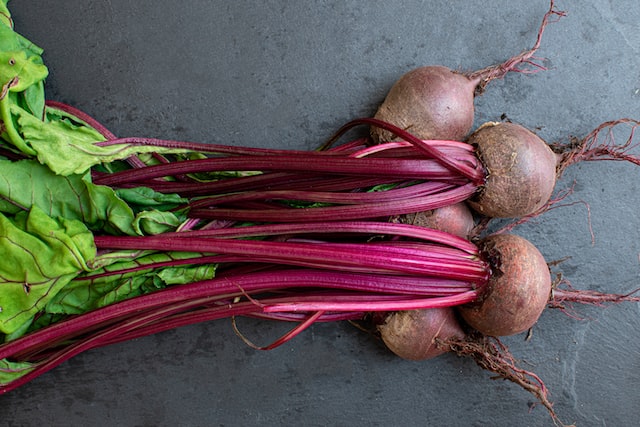
Photo by Emma-Jane Hobden on Unsplash
Today we use a pumpkin as a Halloween symbol, but a pumpkin was not always the preferred vegetable to empty. In some parts of Europe, they used turnips. Yes, turnips! In the same way we do now, a turnip was opened, and a candle was placed inside. The pumpkin tradition is originally from Ireland, and since they look so cool, it expanded worldwide.
Food!
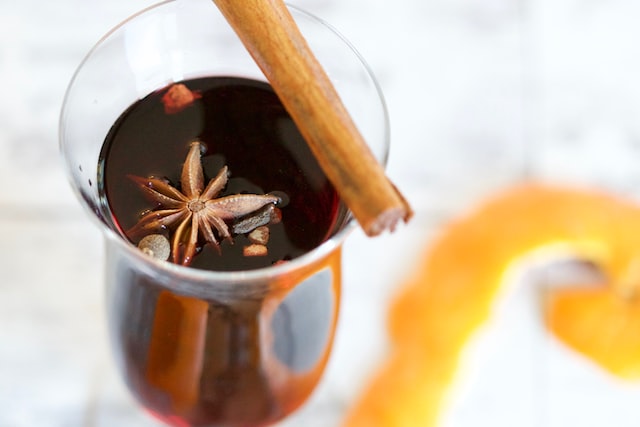
Photo by Gaby Dyson on Unsplash
Nowadays, nobody can imagine Halloween without candy, but that was not a thing a couple of centuries ago. That doesn’t mean there weren’t any sweets. At the end of the harvest, nuts such as almonds and chestnuts were widely available, so things like marron glacé and marzipan Saint’s Bones were a common option. This time of the year is also blessed with plenty of apples and grapes, which means the drinks of choice were new wine and sweet cider.
Returning to Nature
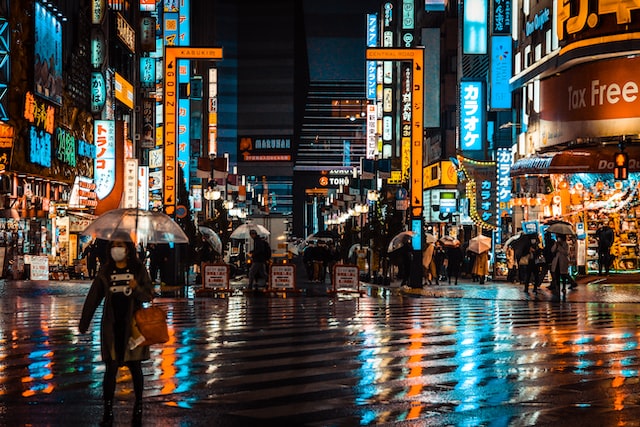
Photo by Pema Lama on Unsplash
They say there is no time like the present, and we live quite a weird one. We have forgotten what it is to be a living being that needs the generosity of the land to survive. That’s probably why many people are starting to return to this old tradition that allows us to connect with nature and our spirituality.
People want to understand what it means to be human. People start to wonder what vegetables are grown each season, not out of innocent curiosity but because they know that the only way out of this climate apocalypse is by treating Nature more respectfully. People are hopelessly losing any sense of time as seasons are starting to banish due to the extreme changes in the weather. Hurricanes, droughts and growing deserts are just signs of Nature’s wrath.
And like in any other belief, if you fear your God, in this case, Nature, the wise thing to do is pray. Celebrate a bountiful harvest (eat fresh), ask the spirits to show you the right way (reflect), and thank them for what you still have (take care of the land for next year’s planting).
And Happy Samhain!
Support the author and get the latest publications subscribing to:
Look at her latest book 📕, En Brandán

